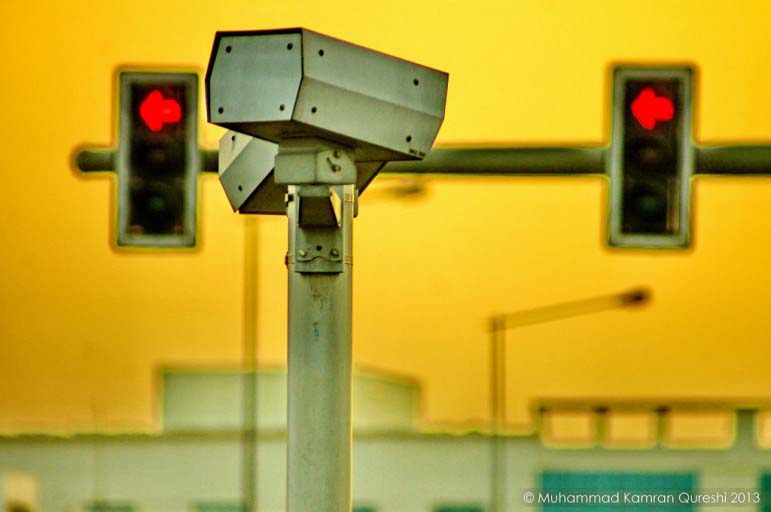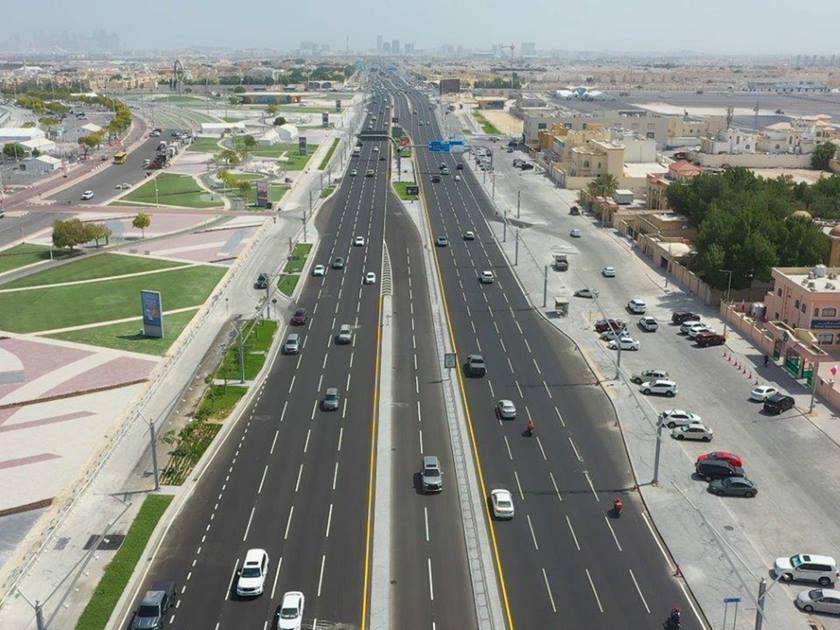
The number of motorists being hit with fines for speeding or passing on the right continues to climb as the Ministry of Interior (MOI) expands its use of technology to catch bad drivers.
Some 115,130 radar violations were recorded in September, according to figures released by the Ministry of Planning Development and Statistics (MDPS).

That’s an increase of nearly 7 per cent over the 107,659 radar violations recorded in August, which was the highest figure published since the ministry began releasing radar statistics in March 2014.
The increase in the number of violations comes as the MOI extends its use of cameras to catch bad drivers and stiffens penalties.
Last year, officials announced plans to install speed radars every two to four kilometers on major roads. Additionally, some 120 radars were to installed to catch drivers who overtake others from the right lane.
In August, meanwhile, Qatar’s Emir signed off on amendments to the country’s traffic laws that included harsher repercussions for several offences.

The fine for illegally overtaking a vehicle on the right doubled to QR1,000. Speeding fines remained the same at QR500, plus an addition QR100 for every 10 km/h by which a motorist exceeds the speed limit, up to a maximum of QR1,000.
However, drivers who exceed the limit by up to 30 km/h face one point being added to their licence, while drivers speeding in excess of 40, 50 and 60 km/h over the limit will incur two, three or four points respectively.
While the authorities are attempting to use technology to help keep watch on the rapidly increasing number of vehicles on Qatar’s roads, at least traffic safety expert says there are limits on the extent to which radar cameras can actually change the behavior of motorists.
Effective deterrents
Roger Taylor, a defensive driving specialist in Ras Laffan, says cameras are good monitoring tools but only have “a small effect” on overall road safety.
He told Doha News that he sees the impact of cameras on his daily commute and down the Al Shamal Road. Motorists hit the brakes as they approach a camera, drive past it at a modest speed and then accelerate once they believe they are out of range.
“(Radar) is a monitoring system that allows for 200 meters of correct speed limits,” he said. “After that, people’s (attitude) is that they can speed.”

Taylor said the sight of police officers stopping motorists and handing out tickets would be a much more effective deterrent:
“If someone is being pulled over the police, hundreds of people will pass by and say, ‘I don’t want that embarrassment.’”
Taylor said he’ll be sitting on a pair of committees at this month’s International Traffic Medicine Association Congress. The road safety conference, which has been held biannually in recent years, is scheduled to take place in Doha from Nov. 16 to 18.
The event comes amid a decline traffic fatalities and serious injuries in recent months. According to government figures, 15 people died on Qatar’s roads in September, compared to a monthly average of nearly 19 fatalities since January 2014.

However, there was a noticeable uptick in deaths during the first half of the year compared to the first six months of 2014.
The government said 133 people died in traffic collisions between January and June, up from 104 people during the same period in 2014.
While some argue that this is to be expected given Qatar’s rapidly growing population, which means more people on the roads, Ashghal’s National Road Safety Strategy aims to reduce the annual number of fatalities to 130 by 2022.
Speed humps
Separately, Ashghal said it has received 754 requests from residents since March to install new speed bumps, according to the Gulf Times.

Experts are planning to conduct field inspections at more than 220 of the sites to determine if there is a legitimate need for the traffic calming devices.
Meanwhile, work crews are also trying to identify unauthorized and improperly constructed speed humps around the country.
While aimed at encouraging motorists to drive at slower speeds, speed bumps, humps and ramps can damage vehicles – especially sports cars that are low to the ground – if they are too tall or are positioned at too steep of an angle.
Government officials are considering new speed bump technology developed by a local entrepreneur that would force motorists to slow down but curb the potential damage to a car’s undercarriage.
How does photo radar change your driving habits? Thoughts?







